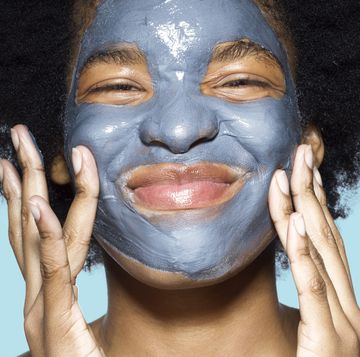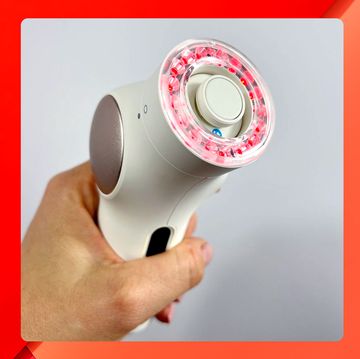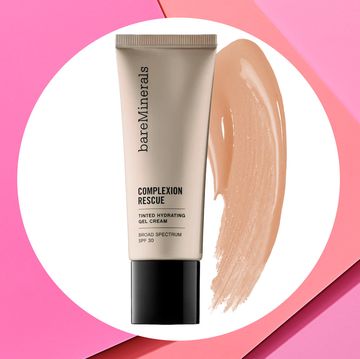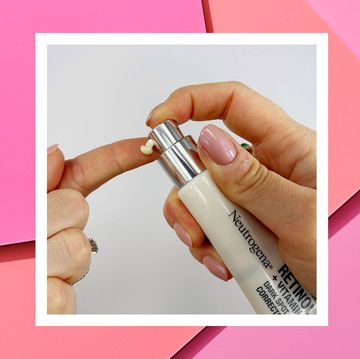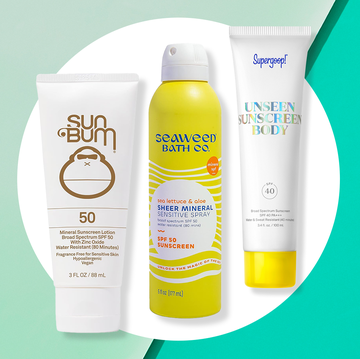Those long-wave UVA rays begin to penetrate your skin. Over time, they break down the collagen and elastin in the upper layers, causing permanent damage. The potential result? Wrinkles, saggy skin, and sun spots as early as your twenties.
The UVA light can penetrate to the deepest levels of your skin and start damaging the cells that make up your DNA. Within seconds, your immune system senses there's been an attack and sends a signal to a gene called POMC to start pumping melanocytes to your skin's surface-1,000 to 2,000 to each square millimeter of skin.
Think of melanocytes as little brown umbrellas that help protect your DNA from any additional damage. Because those melanocytes are brown, your skin starts to tan.
RELATED:
Skin Cancer Kills: The Dangers of Tanning Beds
Tanning Salons: The Ultimate Con Job


